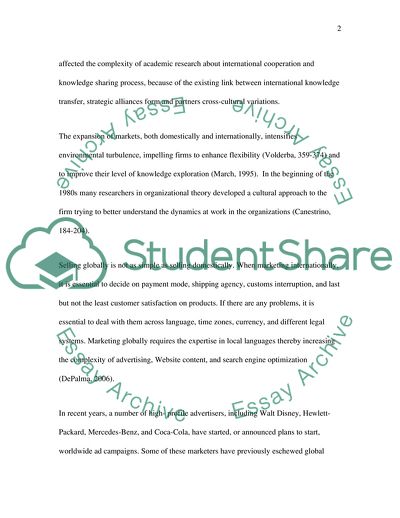Cite this document
(International Marketing Management for Multinational Companies Assignment, n.d.)
International Marketing Management for Multinational Companies Assignment. https://studentshare.org/marketing/1704794-international-marketing-management
International Marketing Management for Multinational Companies Assignment. https://studentshare.org/marketing/1704794-international-marketing-management
(International Marketing Management for Multinational Companies Assignment)
International Marketing Management for Multinational Companies Assignment. https://studentshare.org/marketing/1704794-international-marketing-management.
International Marketing Management for Multinational Companies Assignment. https://studentshare.org/marketing/1704794-international-marketing-management.
“International Marketing Management for Multinational Companies Assignment”. https://studentshare.org/marketing/1704794-international-marketing-management.


